IRON AGE CELTIC SACRIFICED SWORD 3rd-1st century BC A sacrificed iron sword, scabbard and spearhead group comprising: a parallel-sided sword of La Tène I type with straight shoulder and short flat-section tang; a sheet iron scabbard enclosing the sword with median rib and corrugations at the edges, two discoid roundels above the point, thick pointed chape, rosette of punched points below the throat; an iron leaf-shaped spearhead with raised median rib and closed socket; the sword in its scabbard forcefully bent over so that the lower third is parallel to the blade, the spearhead bent around the sword below the chape. 1.1 kg, 49cm (19 1/4"). Fine condition. Rare. Provenance Property of a London gentleman; acquired before 1980. Literature Cf. Stead, I. & Rigby, V. The Morel Collection. Iron Age Antiquities from Champagne in the British Museum, London, 1999, item 2943 (sword) and 2423 (spearhead); see also Fox, Sir C. A Find of the Early Iron Age from Llyn Cerig Bach, Anglesey, Cardiff, 1946. For a general discussion on sacrifice in the Celtic world see Green, M. Dying for the Gods: Human Sacrifice in Iron Age and Roman Europe, Stroud, 2001, p. 24, figure 6, for a ritually damaged sword from the sanctuary of Gournay-sur-Aronde, (Oise), dating to the third century BC. Footnotes The sword measured about 80cm (31 1/2") from the tip of the tang to the chape of the scabbard before folding. The spearhead was about 20cm (8") long. The act of folding has broken the seams of the scabbard at several points, allowing the sword within to be seen. The practice of 'sacrificing' weapons is known from several sites across Iron Age northern Europe. It is most evident where preservation of the sacrificed goods is achieved, such as the Danish peat bogs (Illerup, Kragehul, Ejsbøl Mose and others) and the lake deposit at Llyn Cerrig Bach, Anglesey, Wales. The practice of sacrifice involves transferring the object from the mundane world to the realm of the supernatural powers (Green, Humans as Ritual Victims in the Later Prehistory of Western Europe in Oxford Journal of Archaeology 17(2) 1998), either as a thank-offering for gifts granted (e.g. a military victory, bountiful harvest) or as a propitiatory offering to avert a negative outcome (e.g. crop failure, military defeat, disease). The sacrifice may take many forms - tools, weapons, food, vessels, animals, even human life - but for it to have power and meaning it must be important to the community which offers it. Iron swords and weapons were prized in the Iron Age for their beauty and their effectiveness, making them a natural choice for sacrificial items.
IRON AGE CELTIC SACRIFICED SWORD 3rd-1st century BC A sacrificed iron sword, scabbard and spearhead group comprising: a parallel-sided sword of La Tène I type with straight shoulder and short flat-section tang; a sheet iron scabbard enclosing the sword with median rib and corrugations at the edges, two discoid roundels above the point, thick pointed chape, rosette of punched points below the throat; an iron leaf-shaped spearhead with raised median rib and closed socket; the sword in its scabbard forcefully bent over so that the lower third is parallel to the blade, the spearhead bent around the sword below the chape. 1.1 kg, 49cm (19 1/4"). Fine condition. Rare. Provenance Property of a London gentleman; acquired before 1980. Literature Cf. Stead, I. & Rigby, V. The Morel Collection. Iron Age Antiquities from Champagne in the British Museum, London, 1999, item 2943 (sword) and 2423 (spearhead); see also Fox, Sir C. A Find of the Early Iron Age from Llyn Cerig Bach, Anglesey, Cardiff, 1946. For a general discussion on sacrifice in the Celtic world see Green, M. Dying for the Gods: Human Sacrifice in Iron Age and Roman Europe, Stroud, 2001, p. 24, figure 6, for a ritually damaged sword from the sanctuary of Gournay-sur-Aronde, (Oise), dating to the third century BC. Footnotes The sword measured about 80cm (31 1/2") from the tip of the tang to the chape of the scabbard before folding. The spearhead was about 20cm (8") long. The act of folding has broken the seams of the scabbard at several points, allowing the sword within to be seen. The practice of 'sacrificing' weapons is known from several sites across Iron Age northern Europe. It is most evident where preservation of the sacrificed goods is achieved, such as the Danish peat bogs (Illerup, Kragehul, Ejsbøl Mose and others) and the lake deposit at Llyn Cerrig Bach, Anglesey, Wales. The practice of sacrifice involves transferring the object from the mundane world to the realm of the supernatural powers (Green, Humans as Ritual Victims in the Later Prehistory of Western Europe in Oxford Journal of Archaeology 17(2) 1998), either as a thank-offering for gifts granted (e.g. a military victory, bountiful harvest) or as a propitiatory offering to avert a negative outcome (e.g. crop failure, military defeat, disease). The sacrifice may take many forms - tools, weapons, food, vessels, animals, even human life - but for it to have power and meaning it must be important to the community which offers it. Iron swords and weapons were prized in the Iron Age for their beauty and their effectiveness, making them a natural choice for sacrificial items.
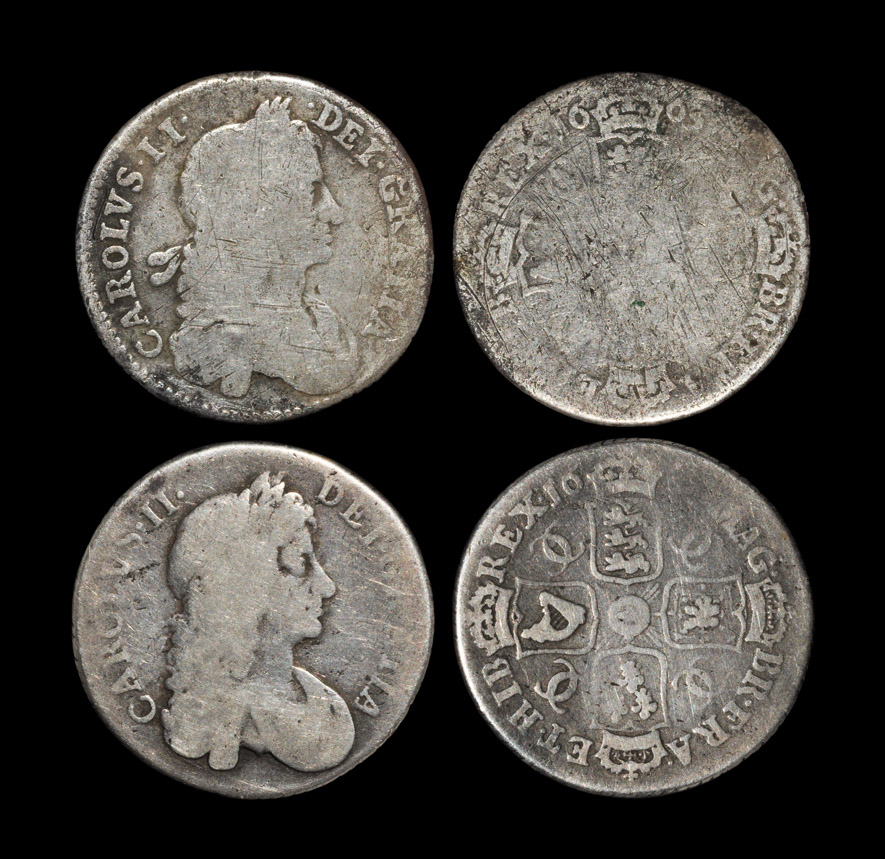
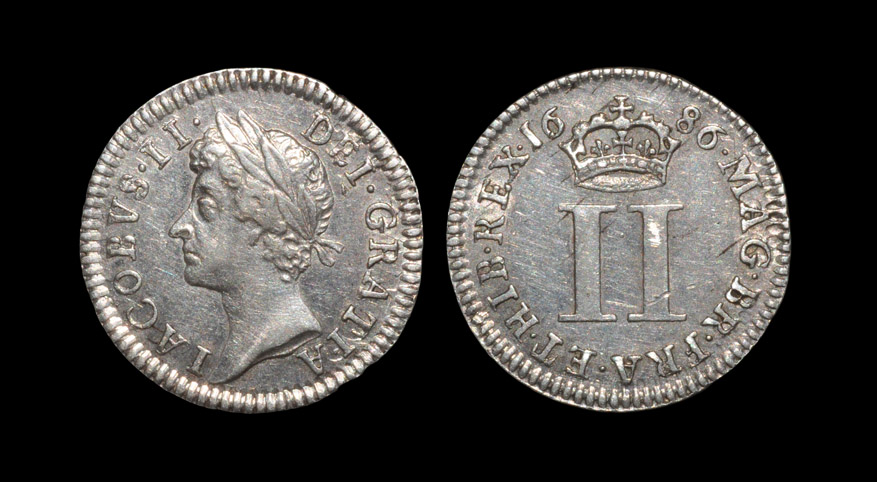
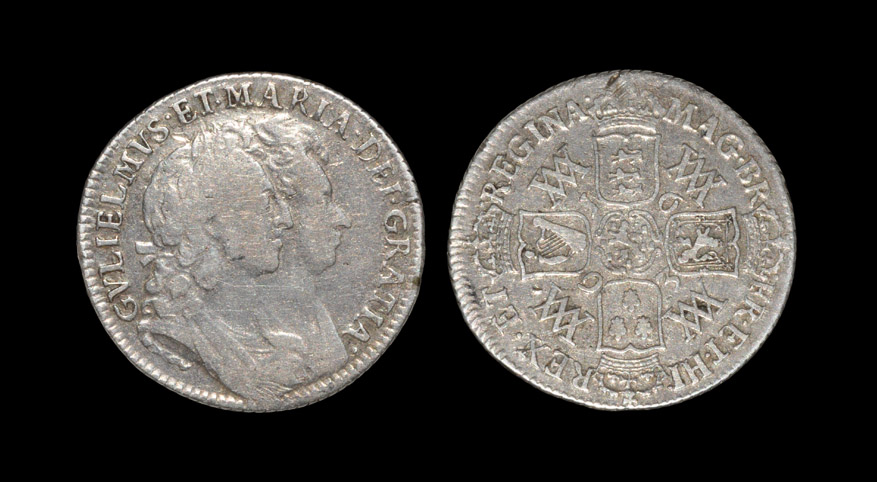
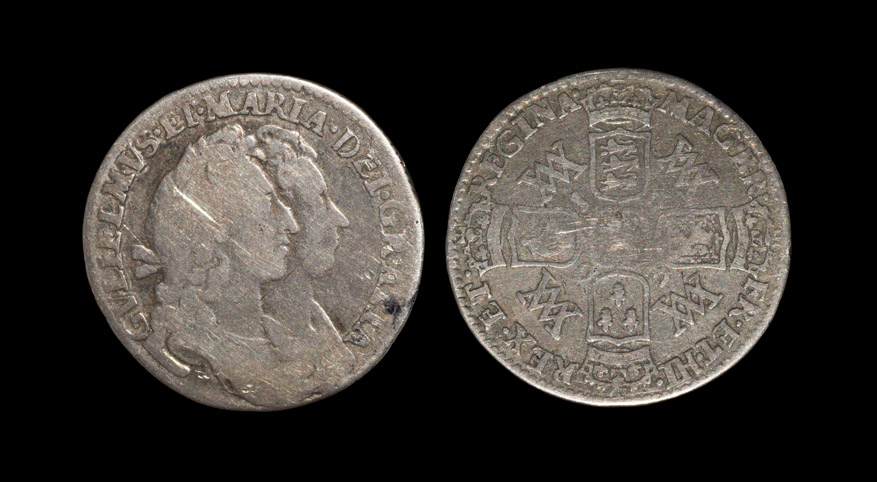

.jpg)

.jpg)
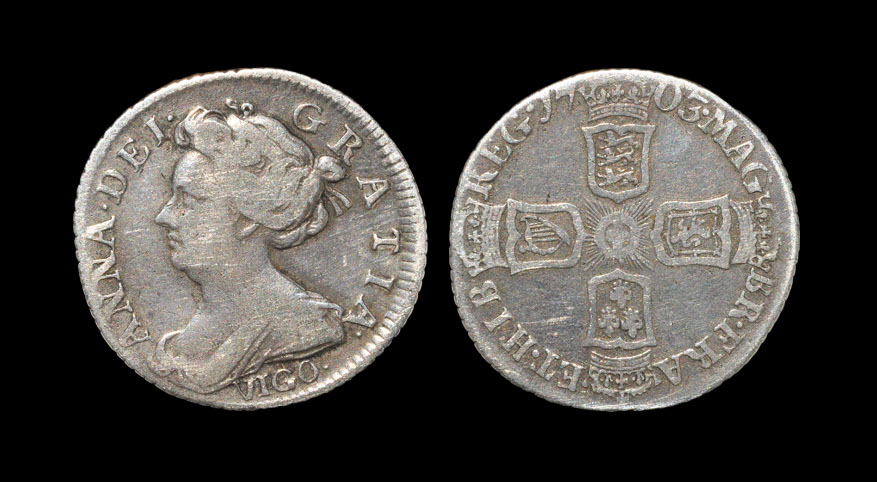
.jpg)
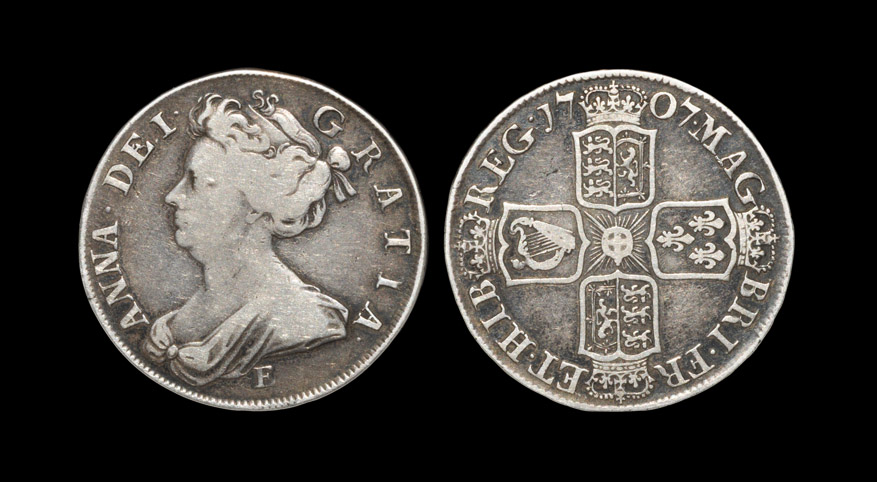
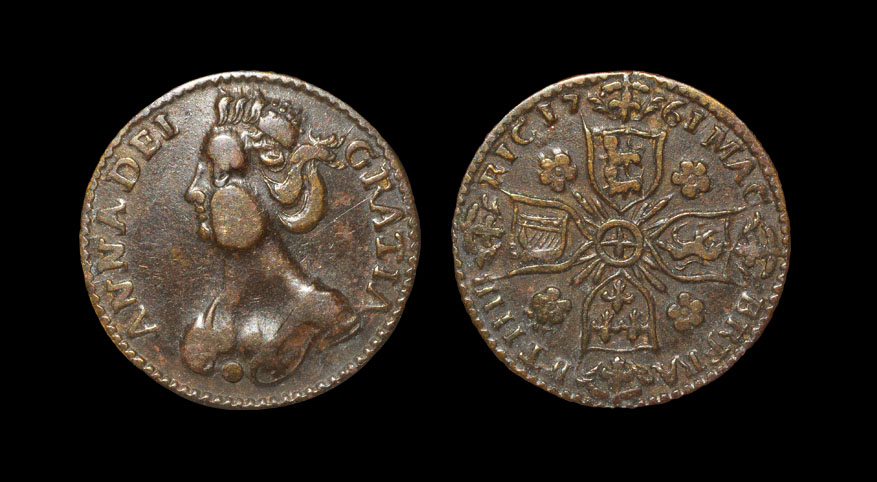
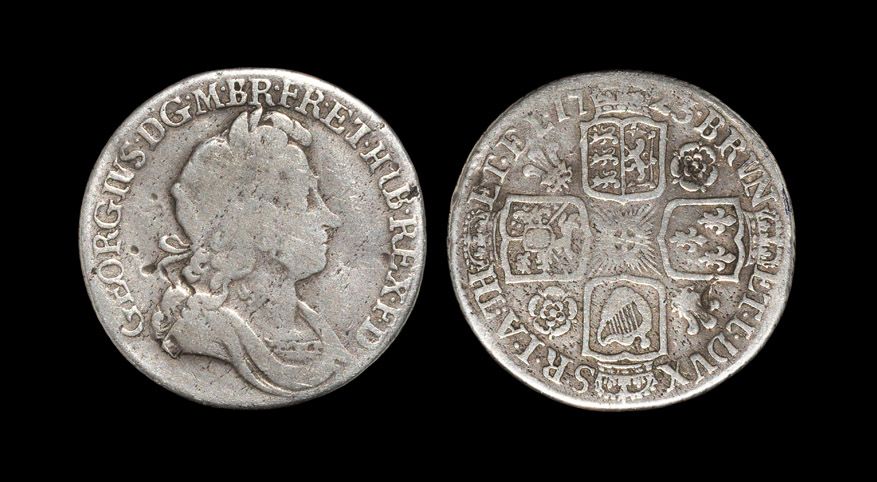
.jpg)
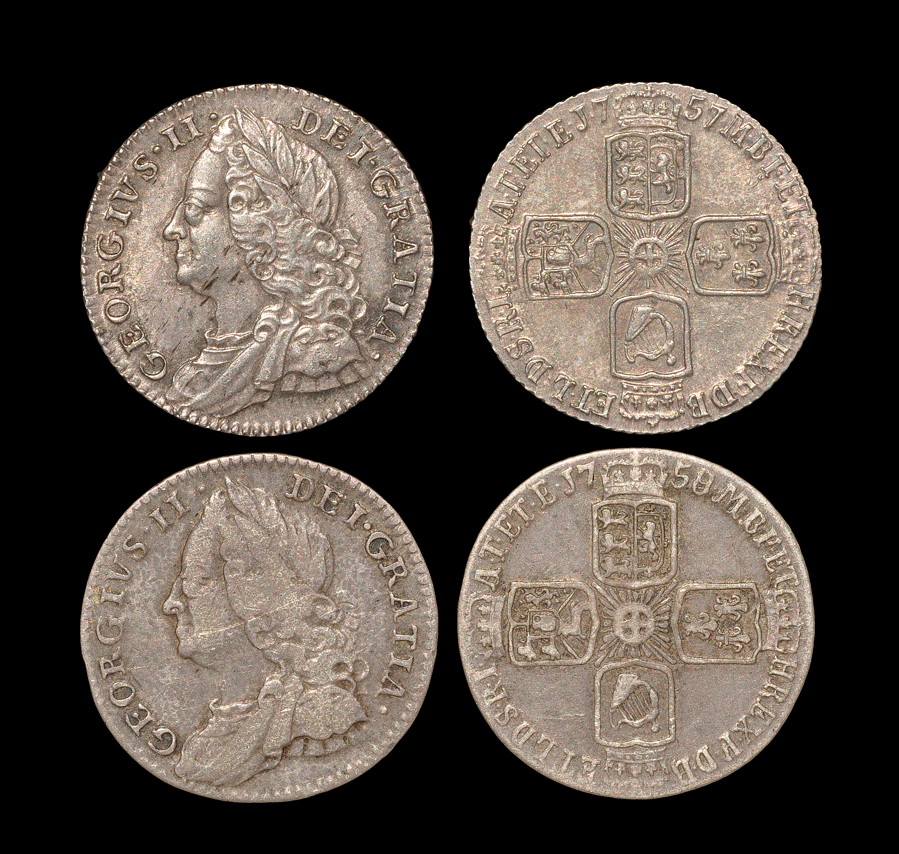
Testen Sie LotSearch und seine Premium-Features 7 Tage - ohne Kosten!
Lassen Sie sich automatisch über neue Objekte in kommenden Auktionen benachrichtigen.
Suchauftrag anlegen